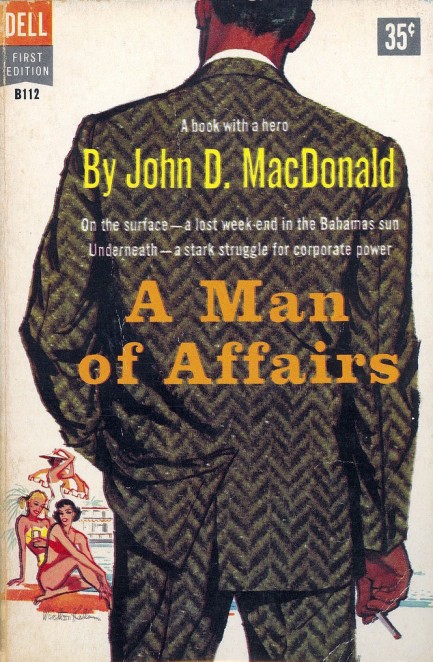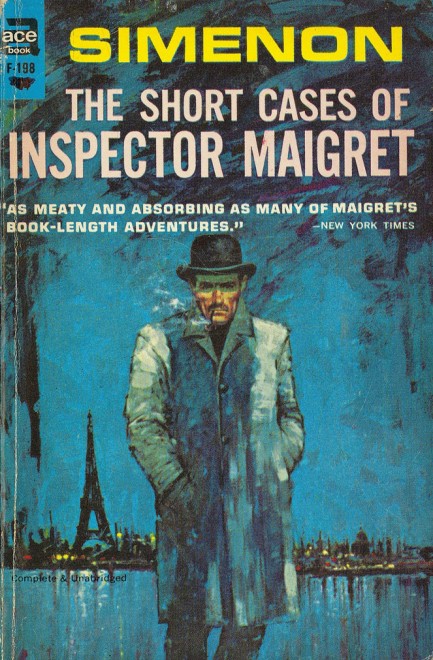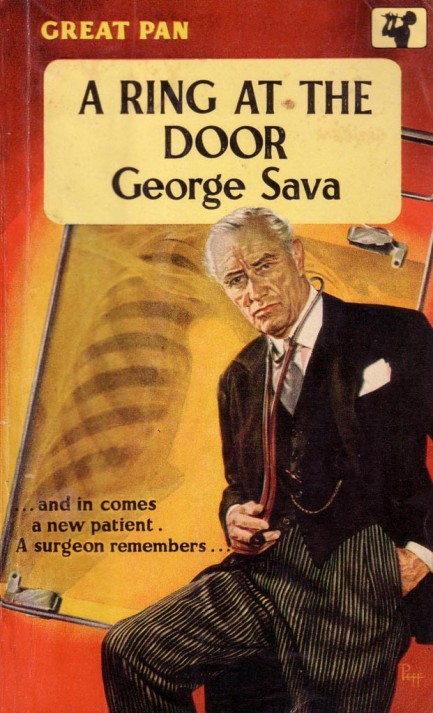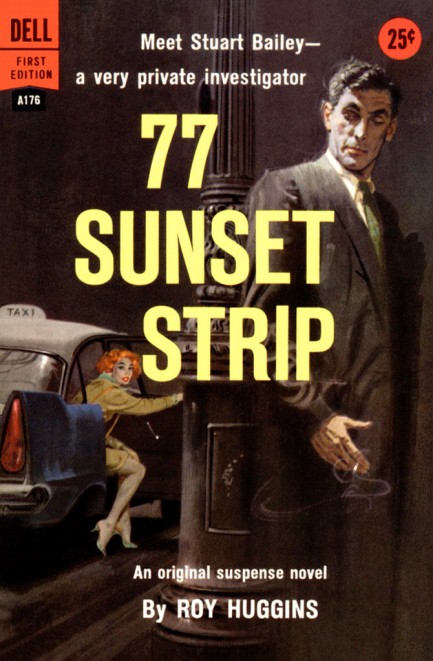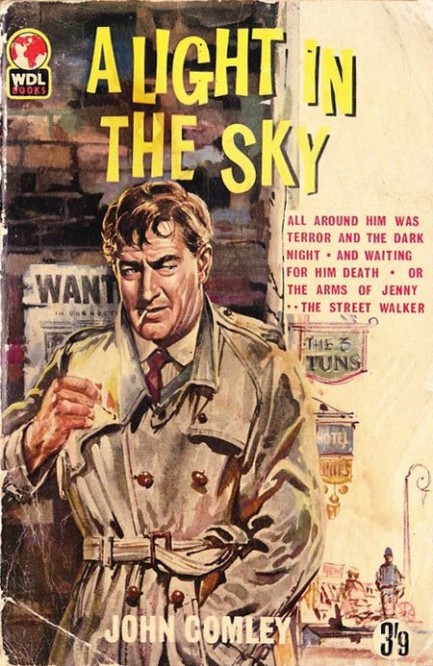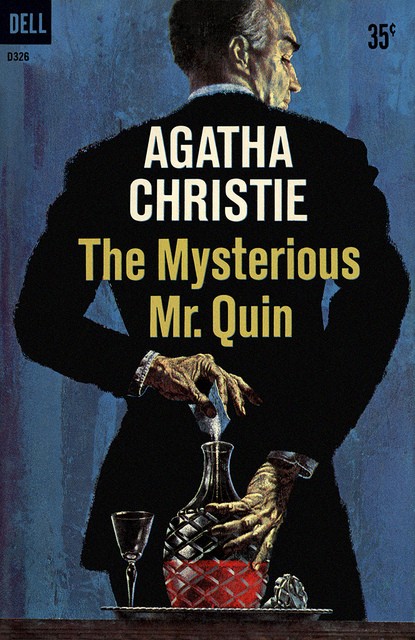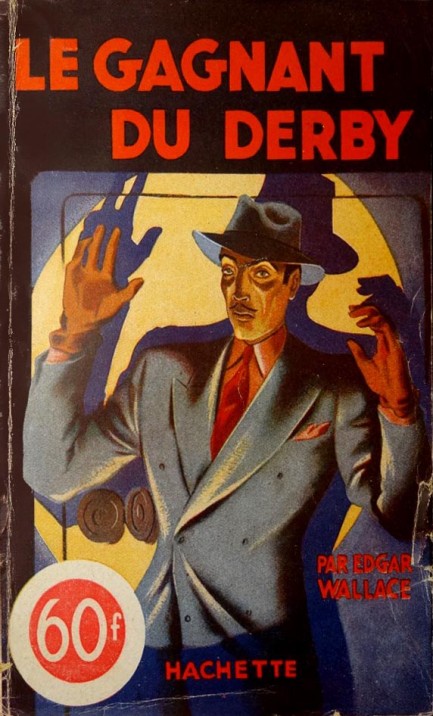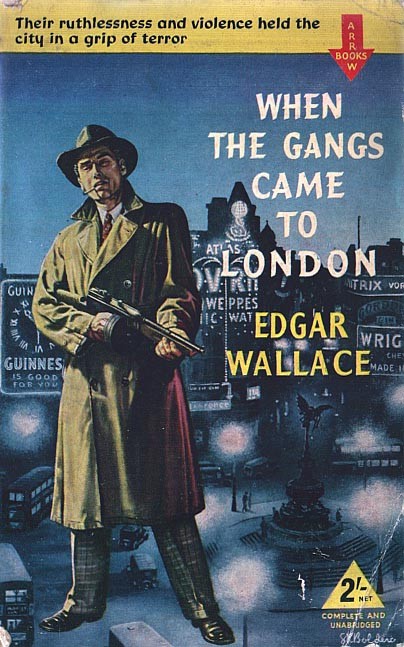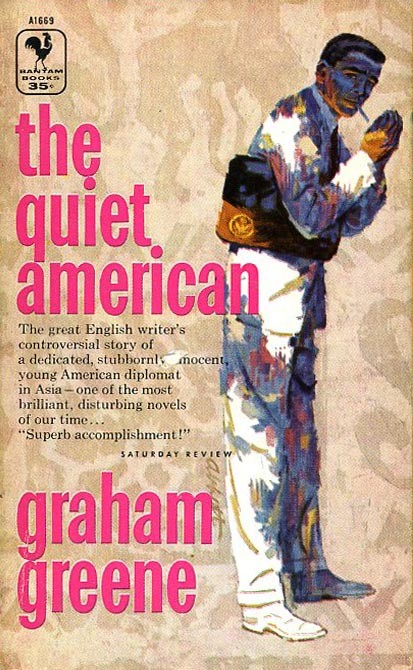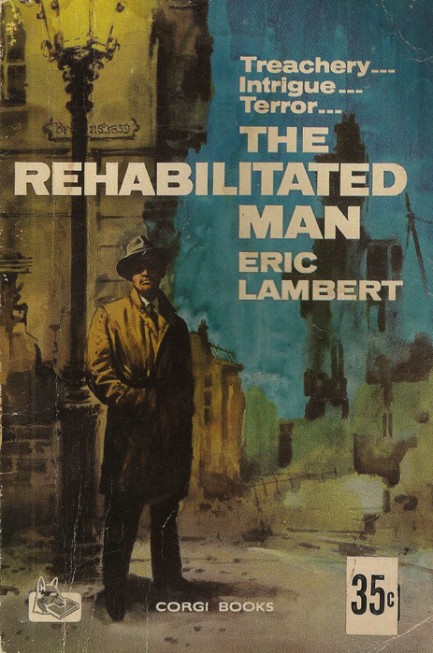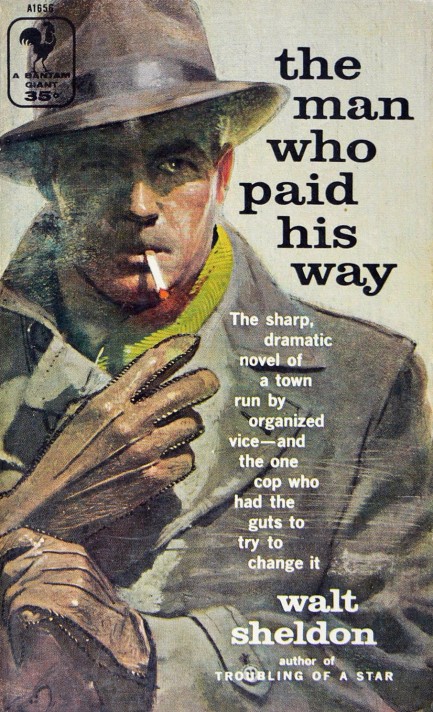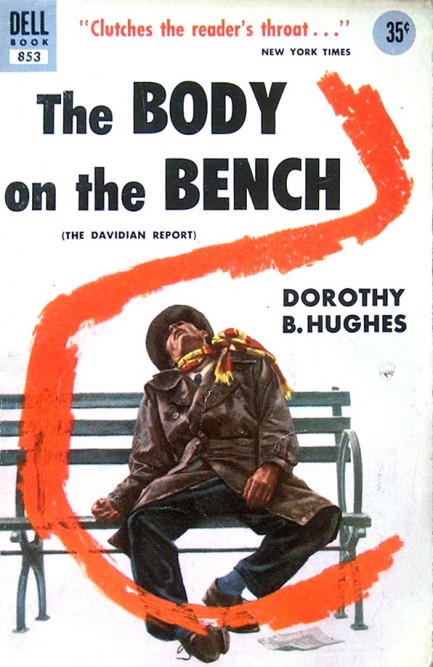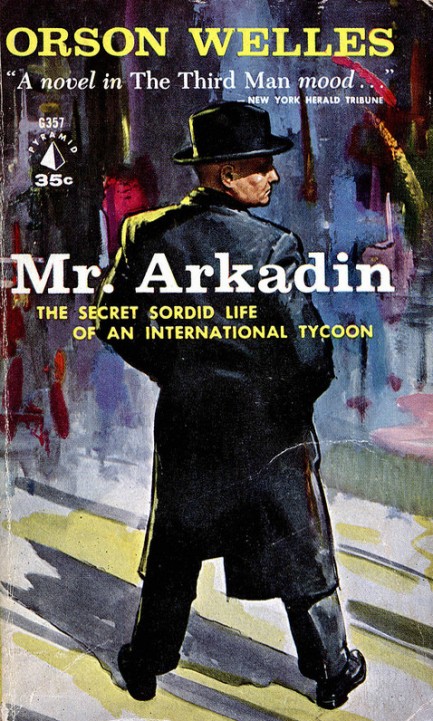| Vintage Pulp | Mar 19 2021 |

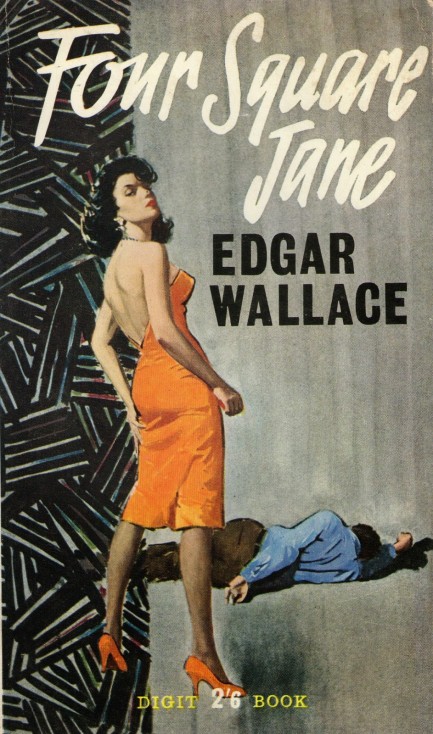
Above, a beautiful cover painted by Robert Maguire for Edgar Wallace's mystery Four Square Jane, originally published in 1929, with this Digit Books edition appearing in 1962. This one is short and fun. Someone known as Four Square Jane is executing clever heists against the rich all around London, and Chief Superintendent Peter Dawes is put on her trail. The only clues are a card Jane leaves at the crime scenes, each bearing her personal sigil. Dawes soon realizes that one person in particular seems to be financially damaged by the thefts, and when murder enters the mix, the stakes mount. This is an excellent classical style mystery from Wallace with a proto-feminist angle. The art here is a re-usage of Maguire's cover for Henry Kane's 1960 novel Private Eyeful, which you can see at the top of this collection of women standing over dead or dying men.
| Vintage Pulp | Feb 27 2017 |

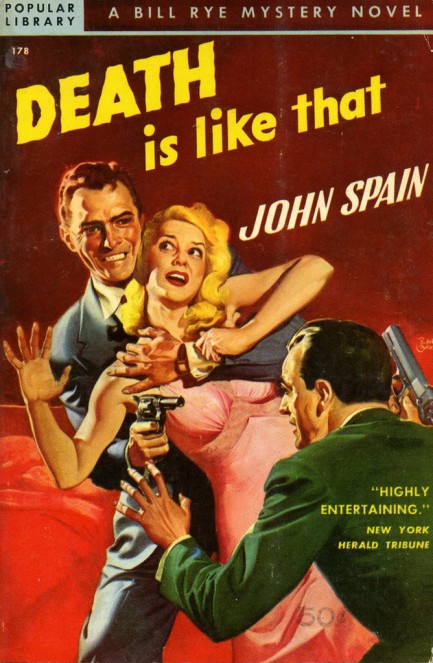
We've run across some low characters in paperback art, but these guys are the lowest. Faced with danger they've grabbed the nearest woman to use as a shield. Women in mid-century fiction have it rough—they're interrupted while skinny-dipping, carried off against their will, manhandled, spied on, tied up, and more. They have their victories too, thankfully—put a gun in their hands and they start dropping men like two-foot putts. Well, good thing femmes fatales are so tough, because they'll need to be hard enough to stop bullets to get out of these jams. We shared another cover in the same style back in 2009 and you can see that nice effort here.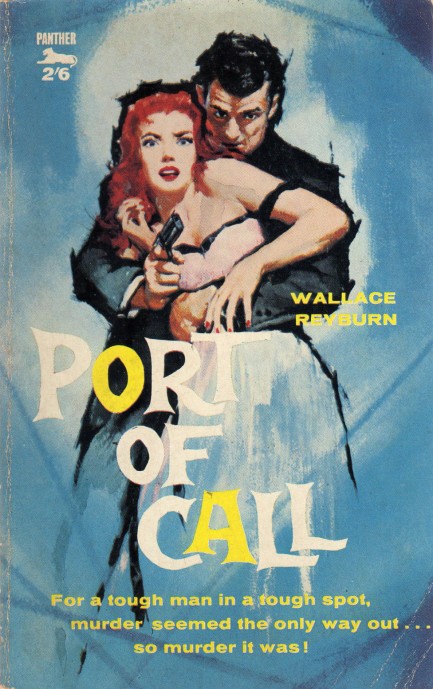
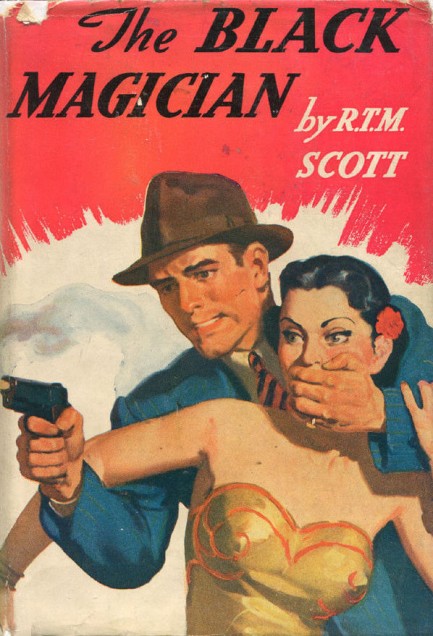
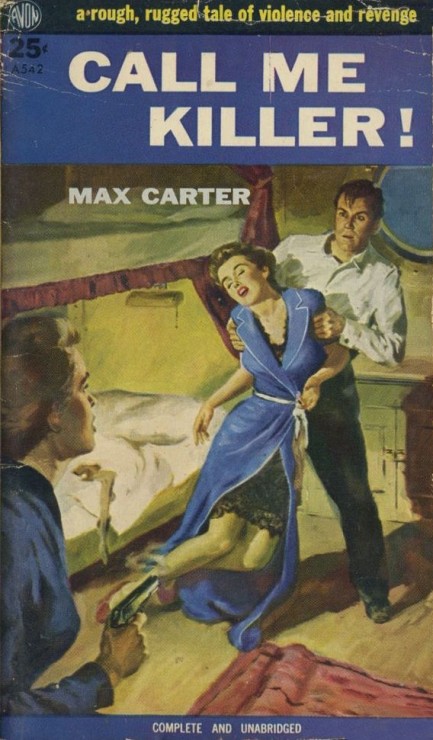
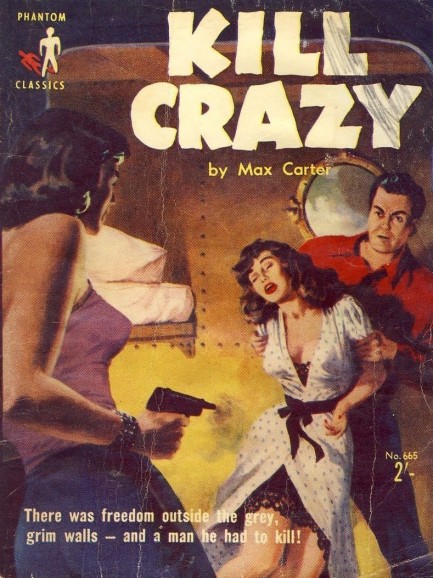
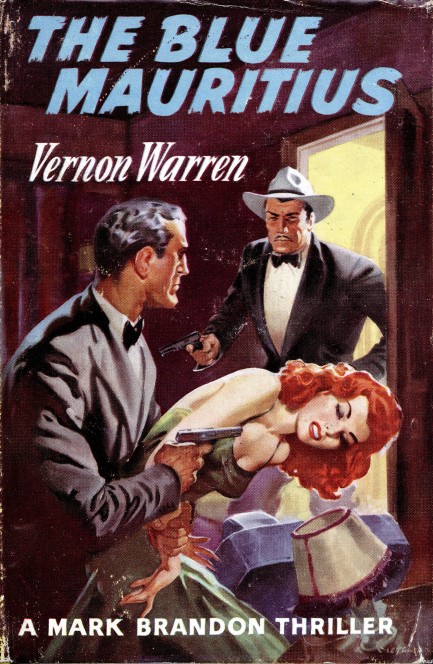
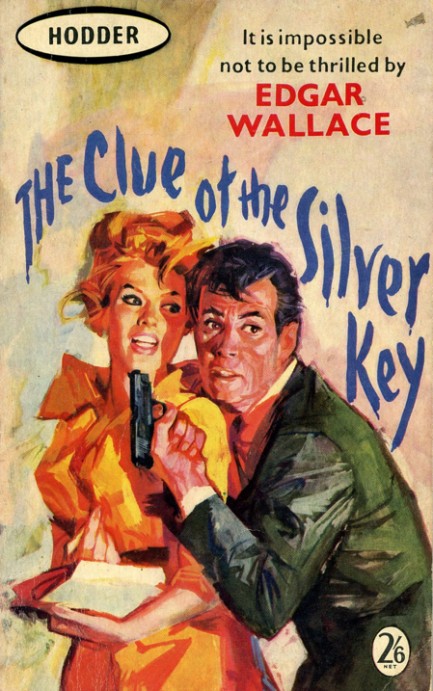
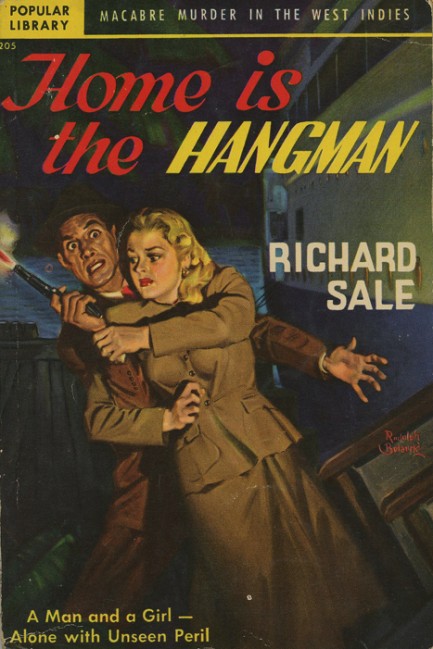
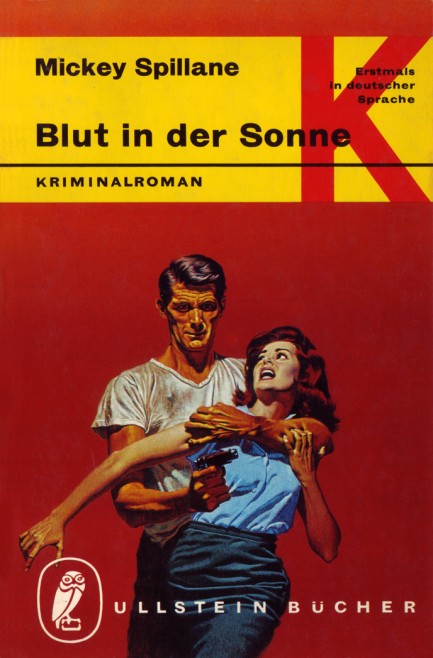
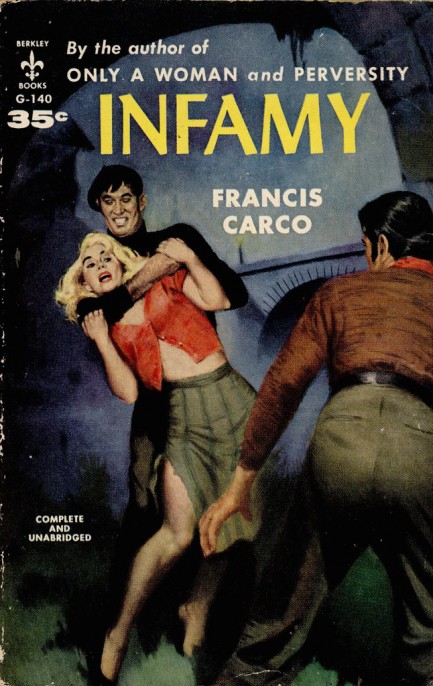
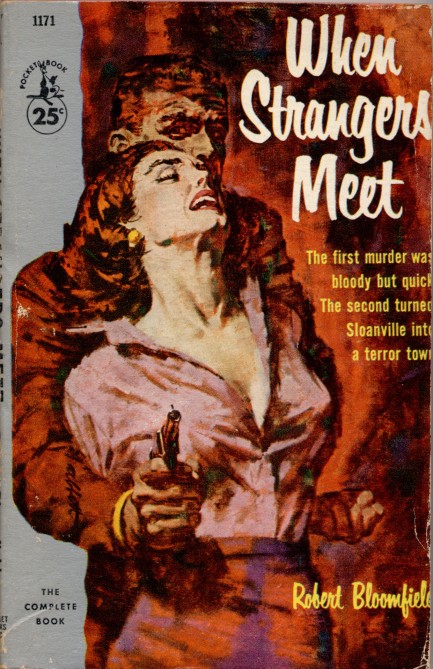
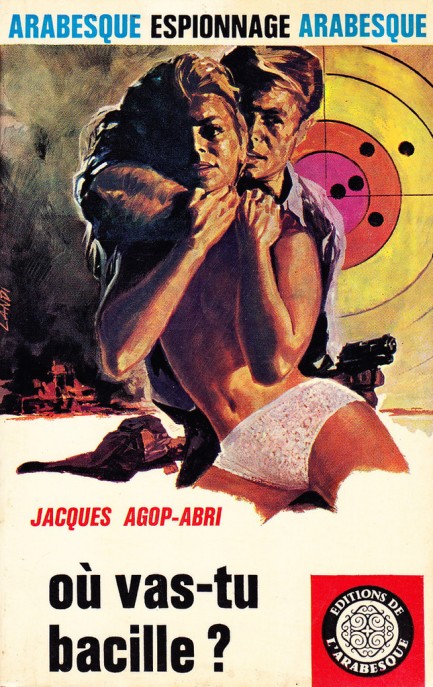
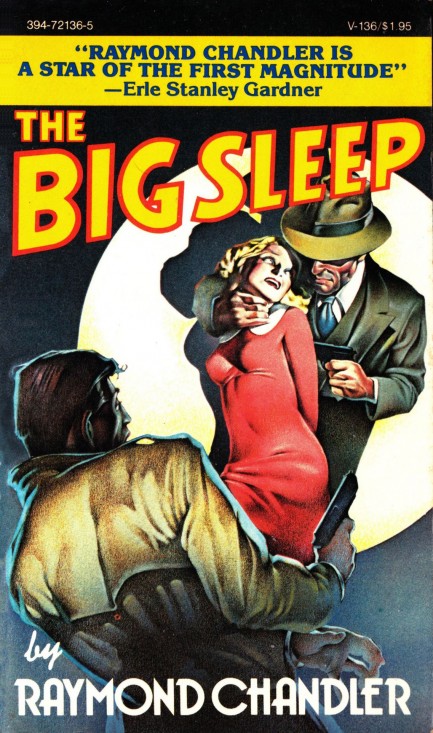
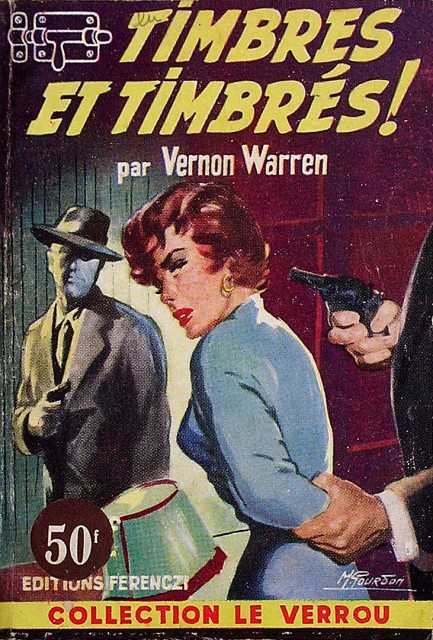
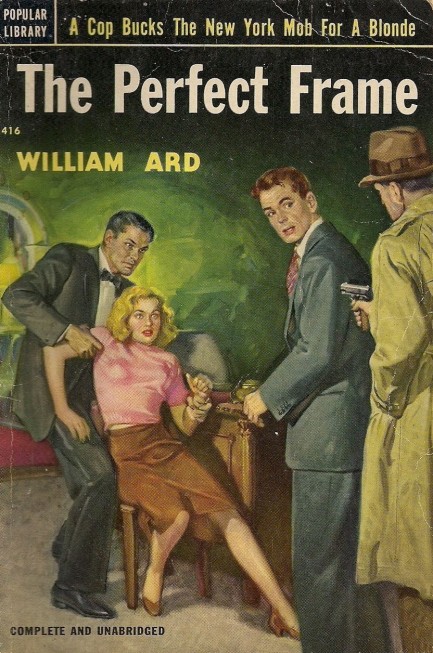
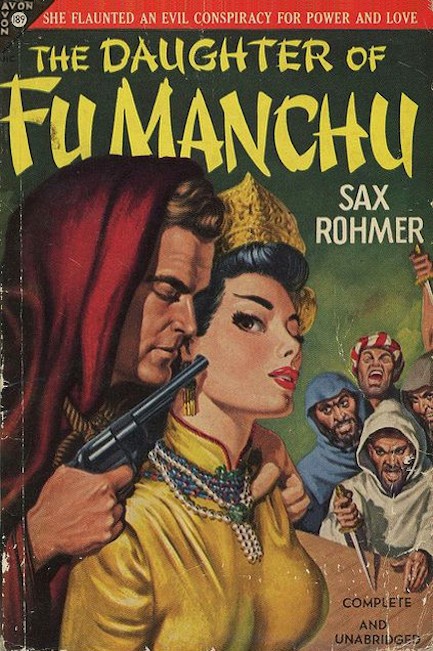
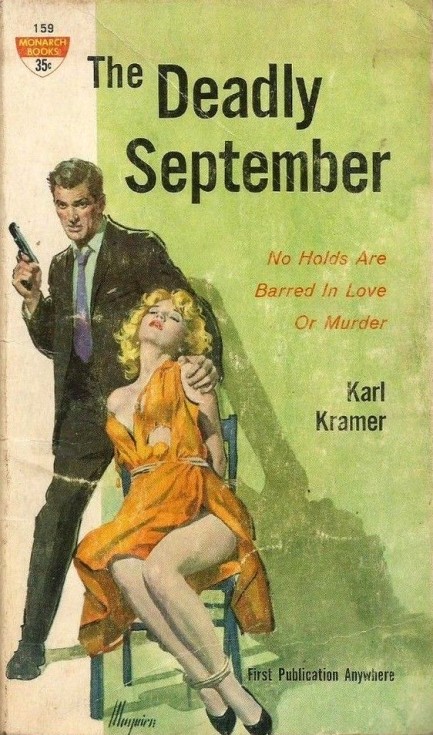
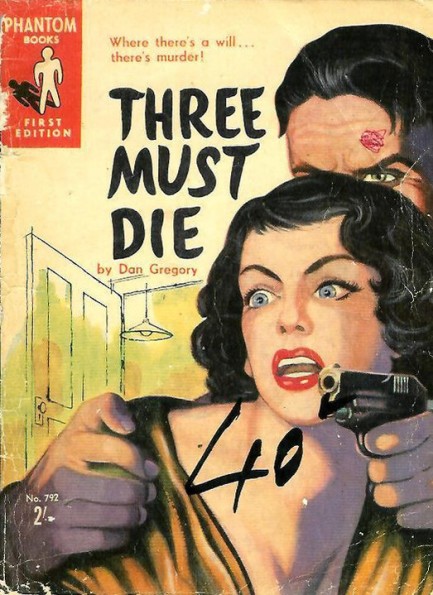
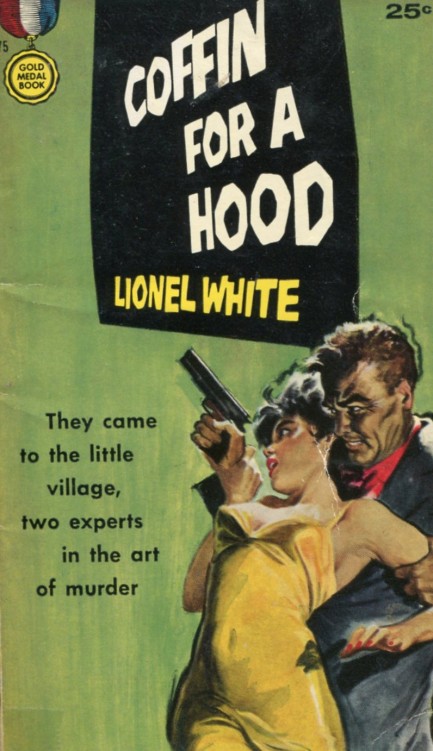
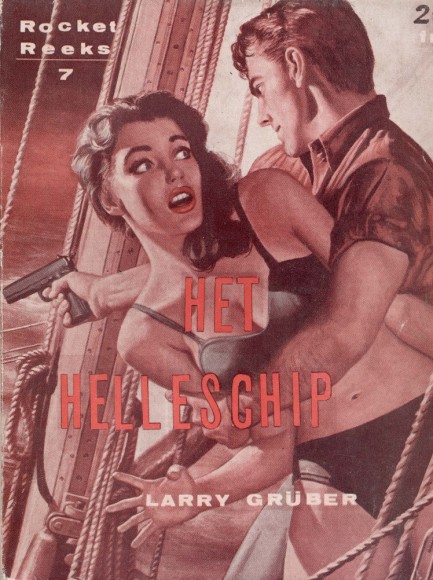
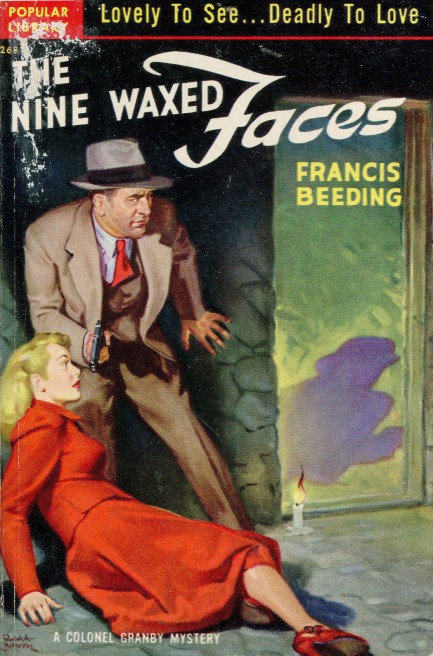
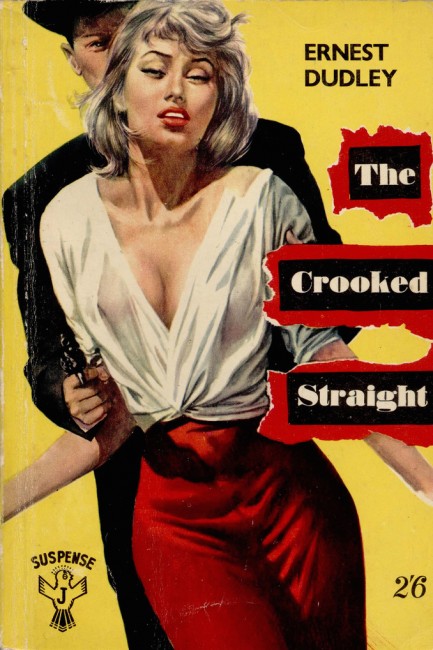
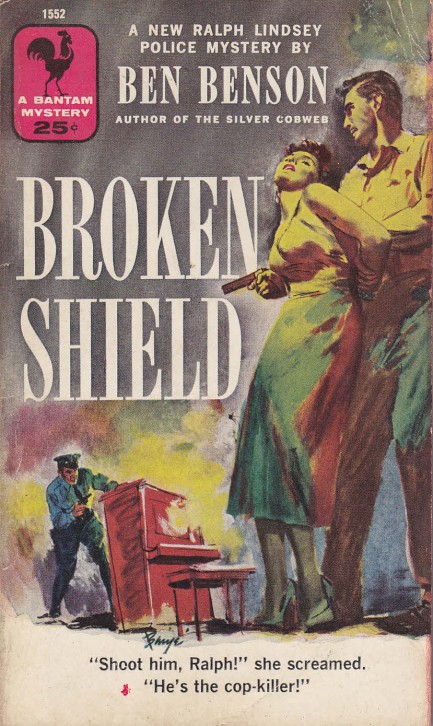
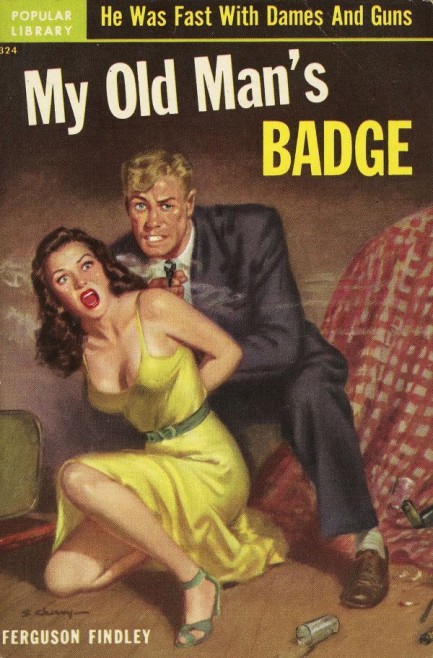
| Vintage Pulp | Apr 7 2016 |


You may have noticed we’re really digging into our collection of Japanese posters lately. Here’s another. It was made for Das Geheimnis der weißen Nonne, a West German-British movie based on Edgar Wallace’s novel Kate Plus Ten and released in English as The Trygon Factor. Basically, a Scotland Yard investigator investigates a series of robberies and finds that a respectable English family and group of nuns living in a country manor together are not what they seem. Stuart Granger and Susan Hampshire star, but the star of the poster is Sophie Hardy, which just goes to show the Japanese distributors knew exactly how best to promote the film. We saw the movie several years back and weren’t impressed, but we watched it again last night and this time found it pretty entertaining for the type of goofy crime thriller it is. We make no guarantee, though. Das Geheimnis der weißen Nonne-The Trygon Factor premiered in Japan as Dai gôtô-dan today in 1968.
| Vintage Pulp | Nov 3 2015 |

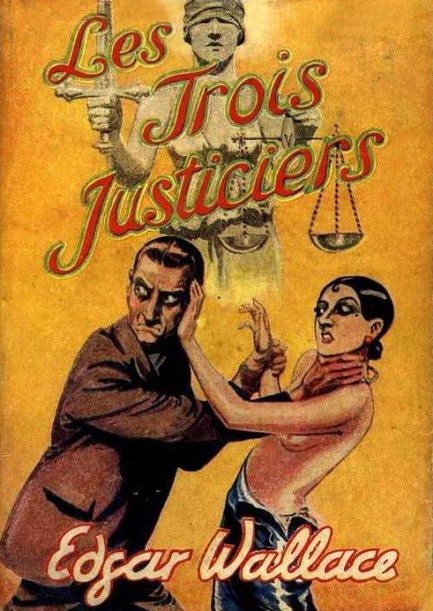
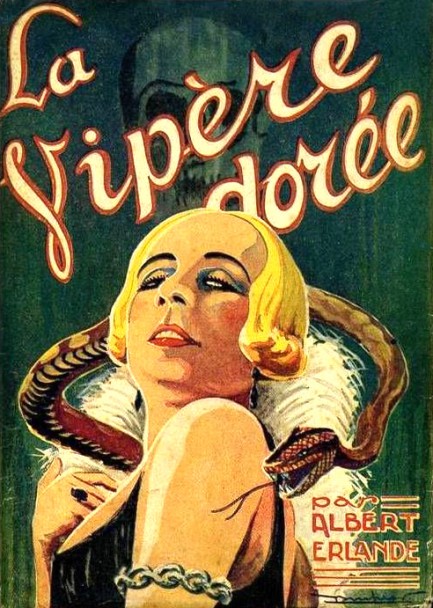
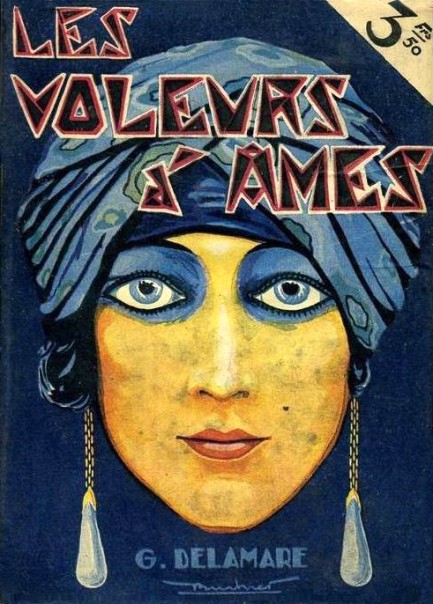
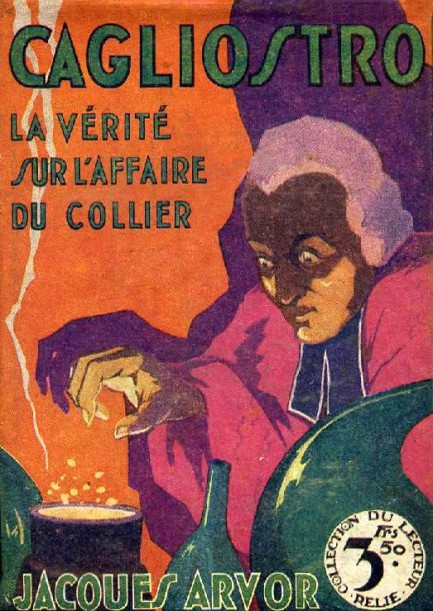
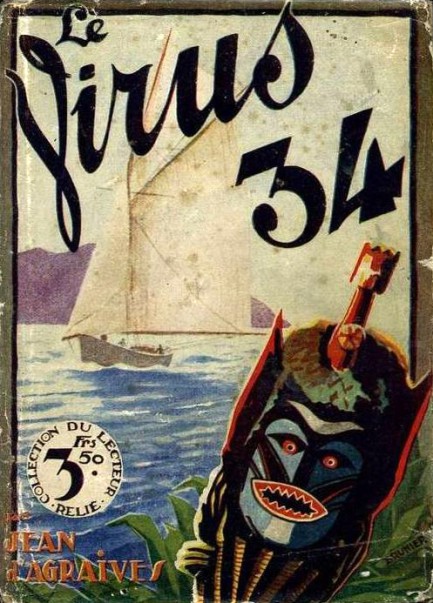
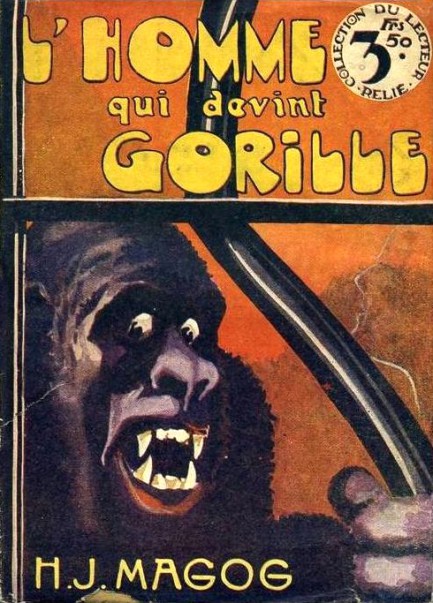
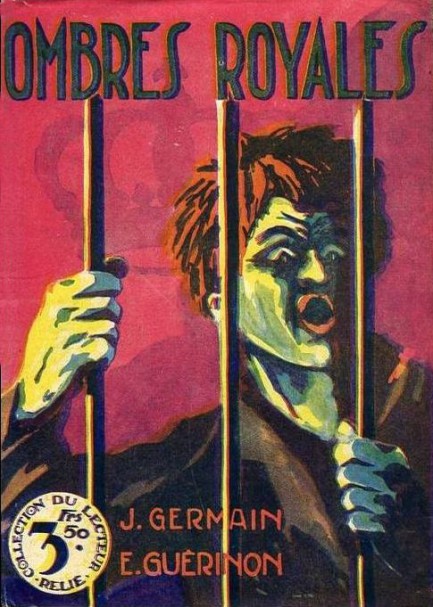
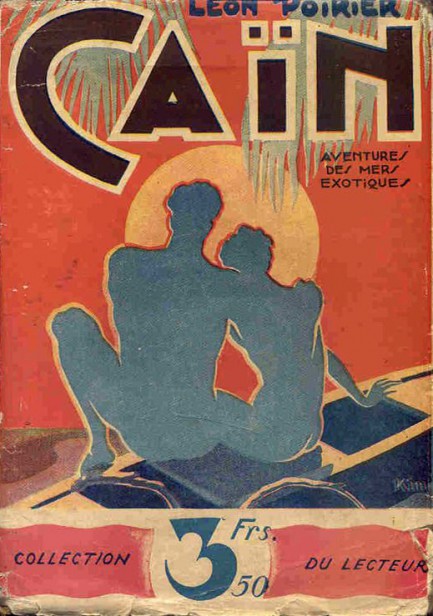
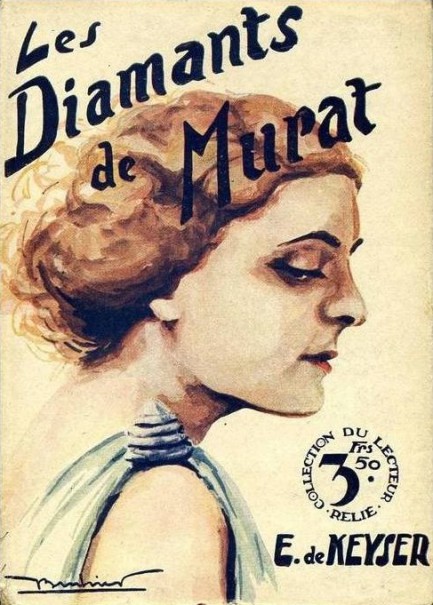
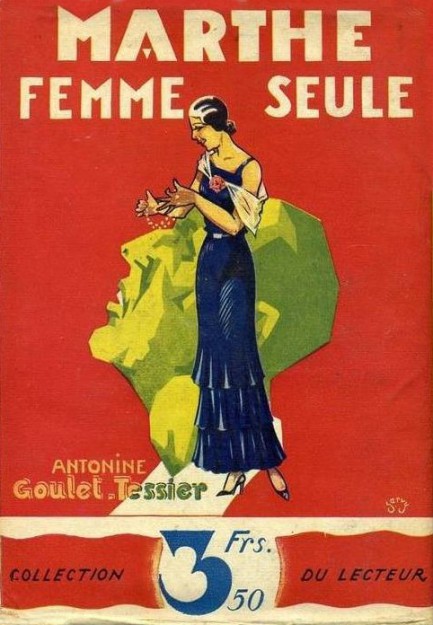
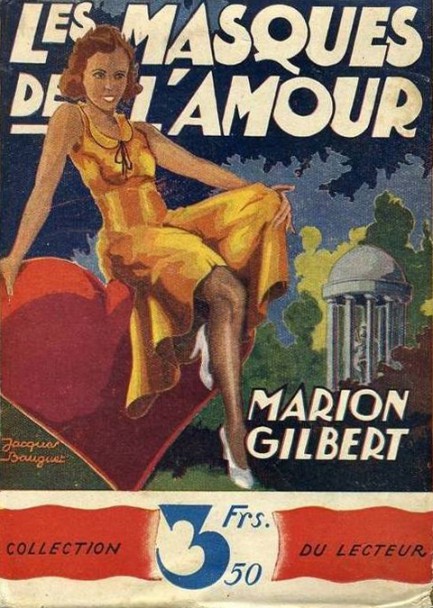
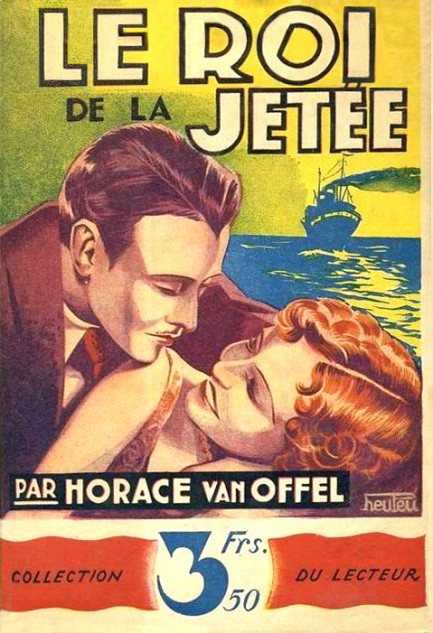
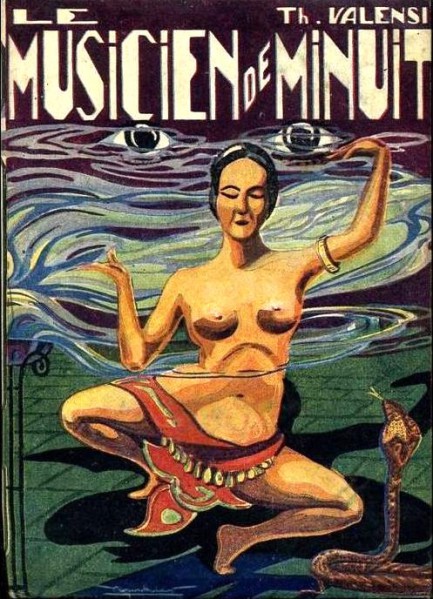
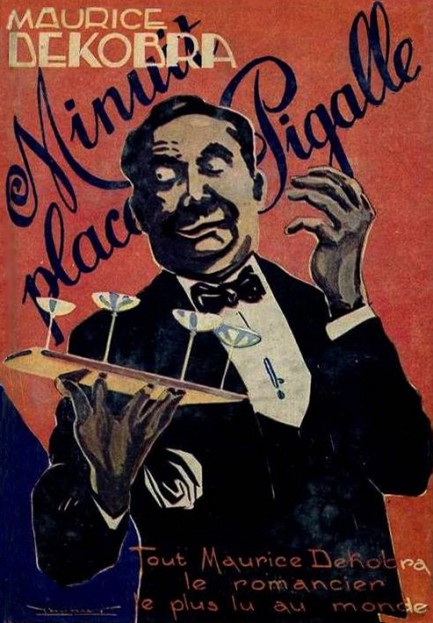
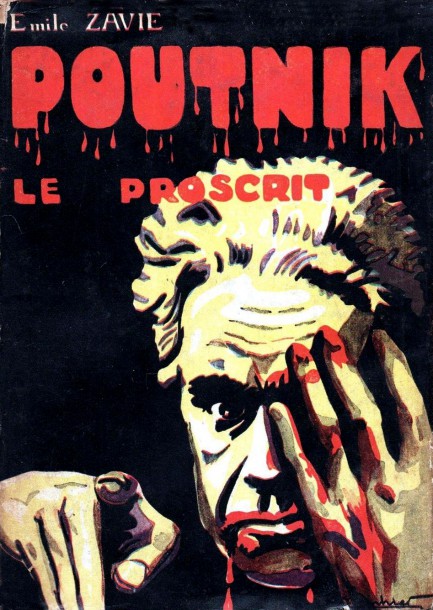
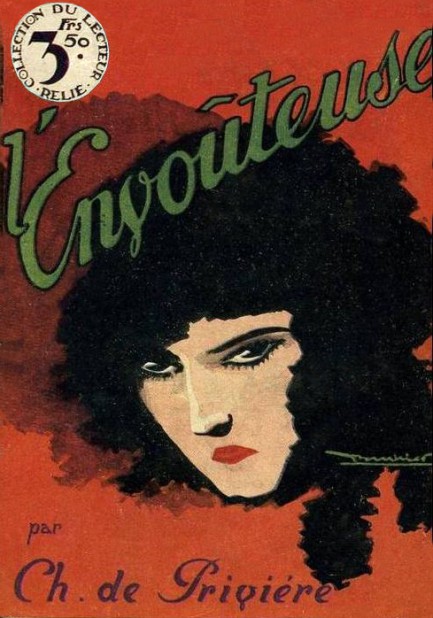
| Vintage Pulp | Jul 11 2015 |

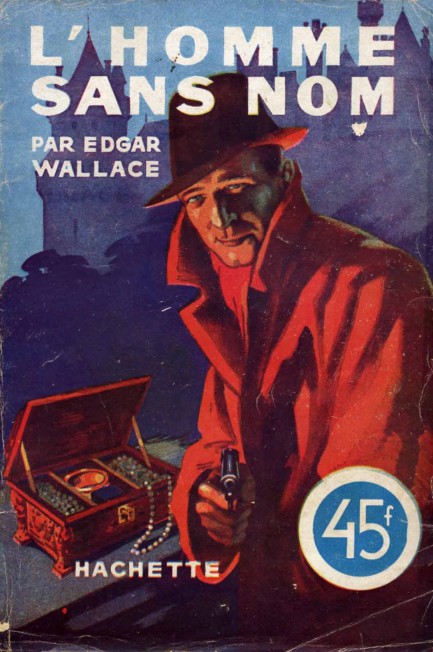
Above is a very nice uncredited cover for L’homme san nom, aka The Man Who Was Nobody, written by Edgar Wallace in 1927 and republished by Hatchette as an entry in its Collection L’énigme, or Enigma Collection, 1940. The main character here isn’t the homme—this is actually part of a series starring Wallace’s crime solving creation Marjorie Steadman. It was later made into an episode of the television series The Edgar Wallace Mystery Theatre.
| Vintage Pulp | Feb 7 2015 |

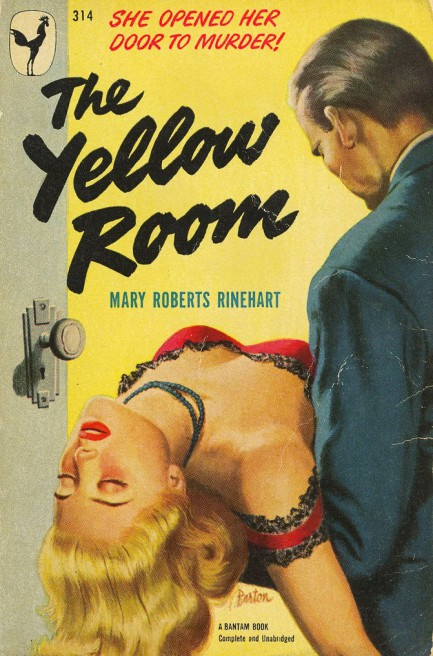
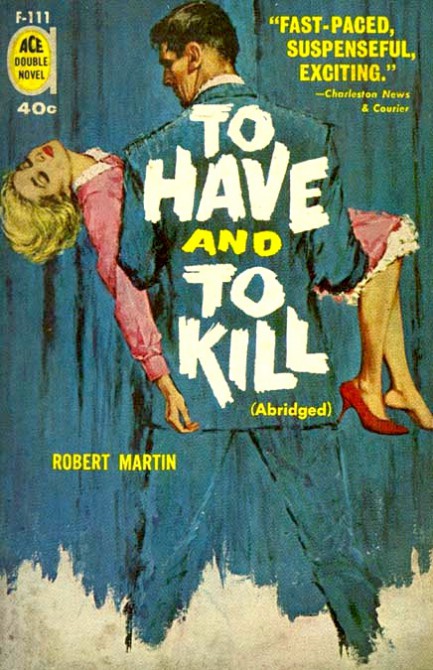
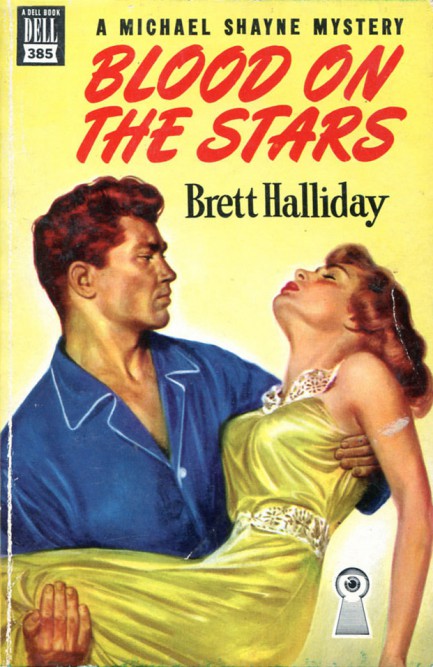
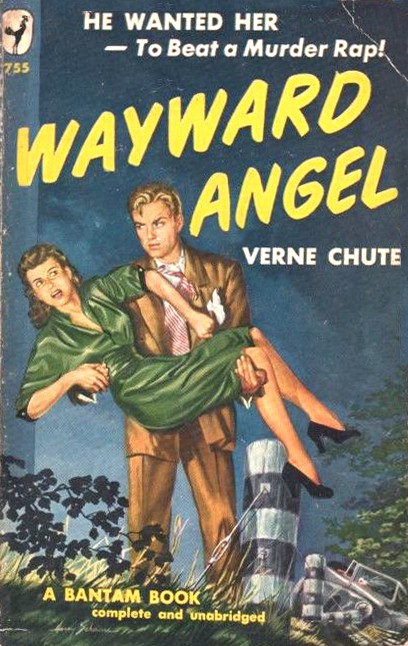
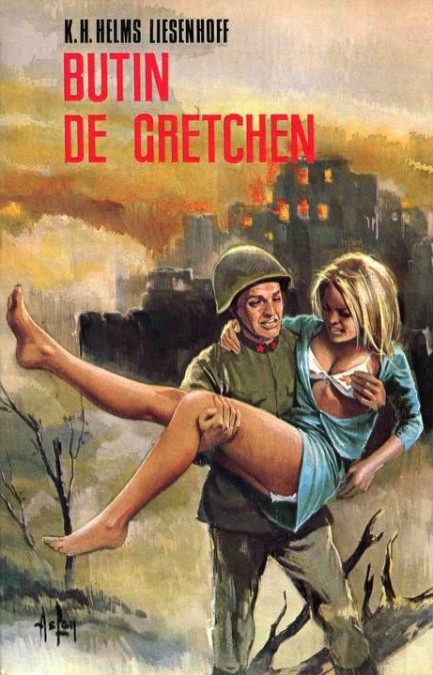
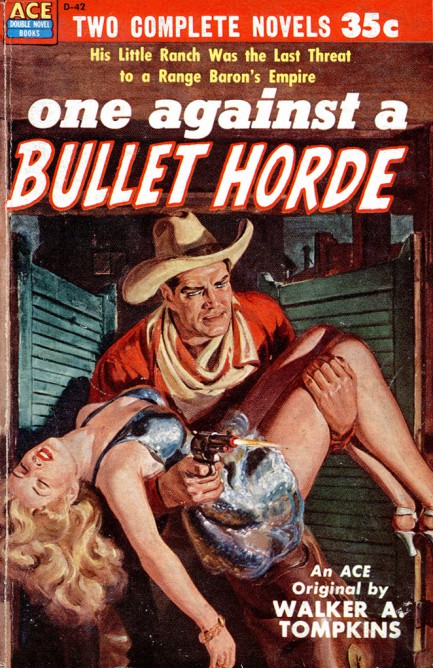
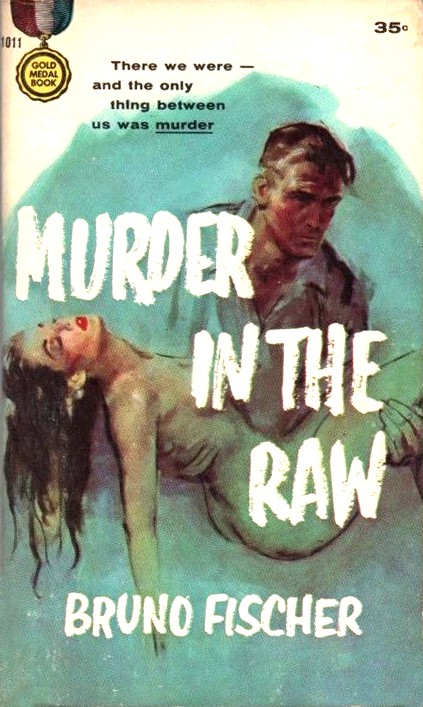
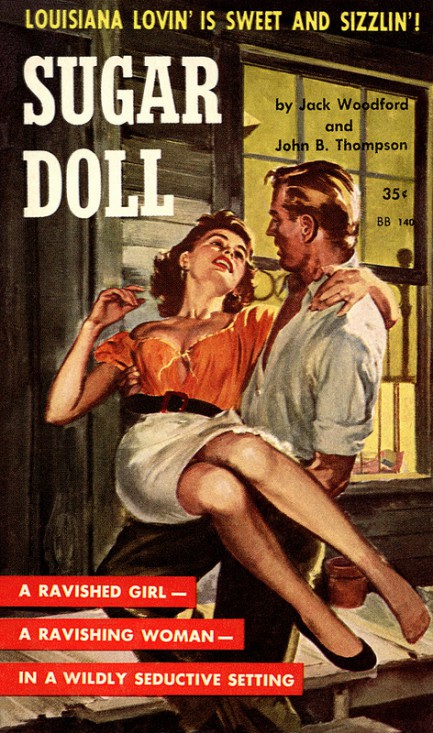
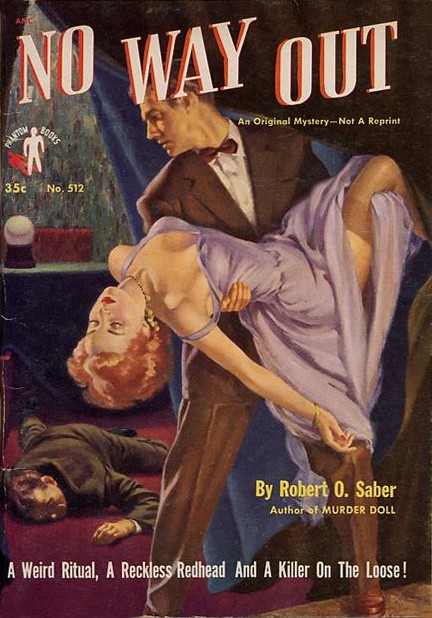
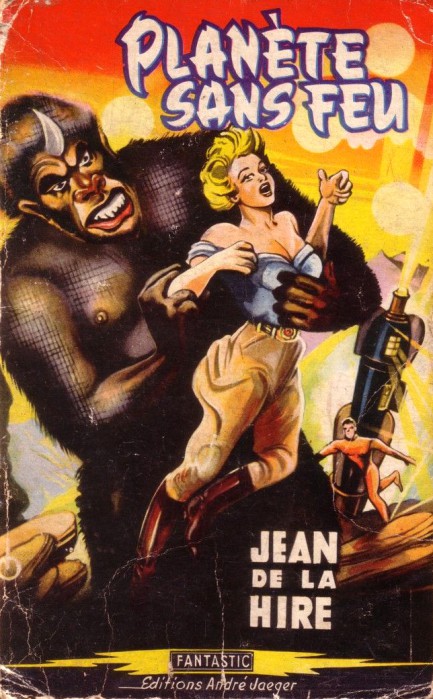
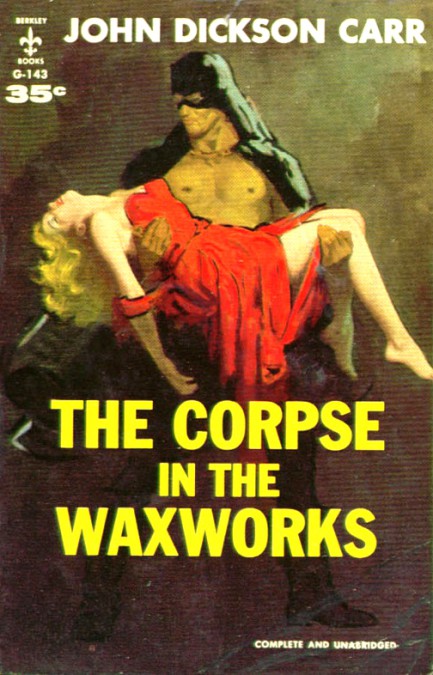
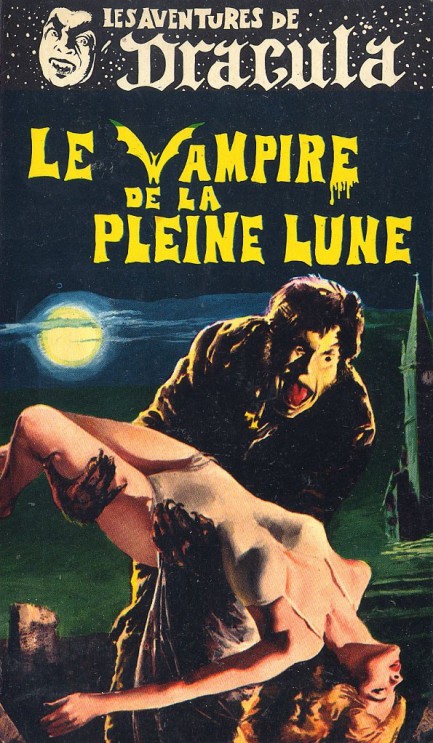
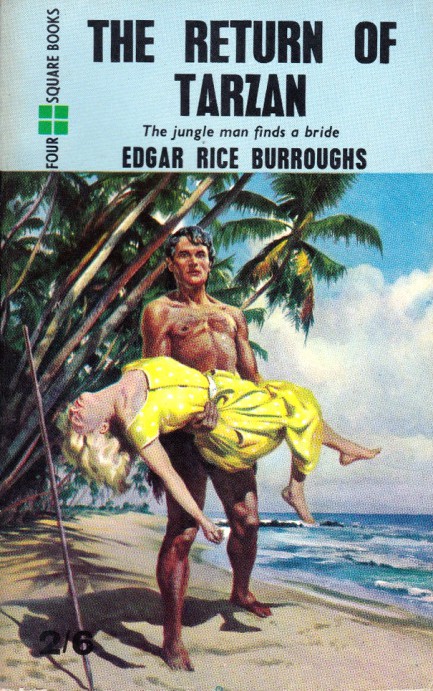
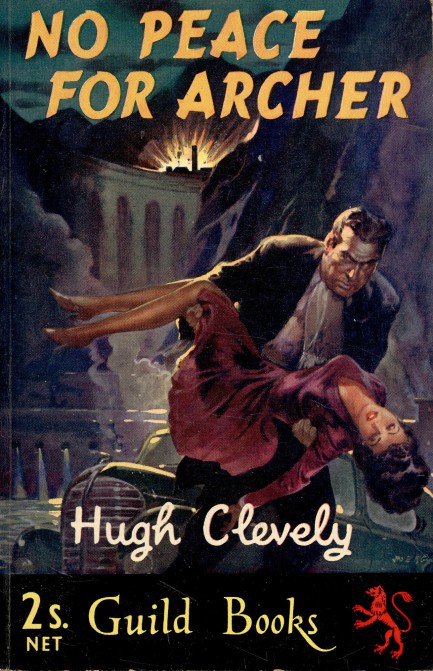

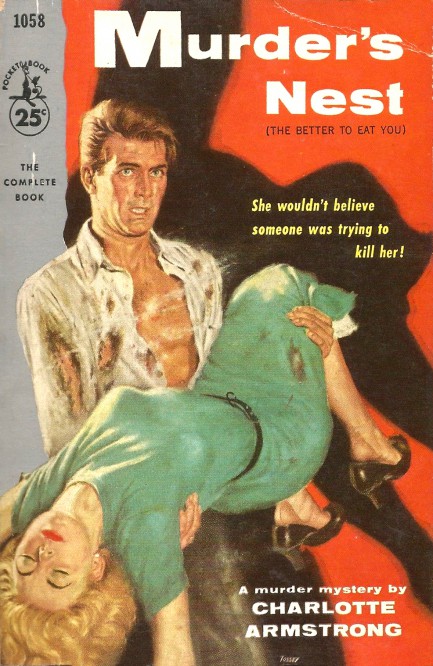
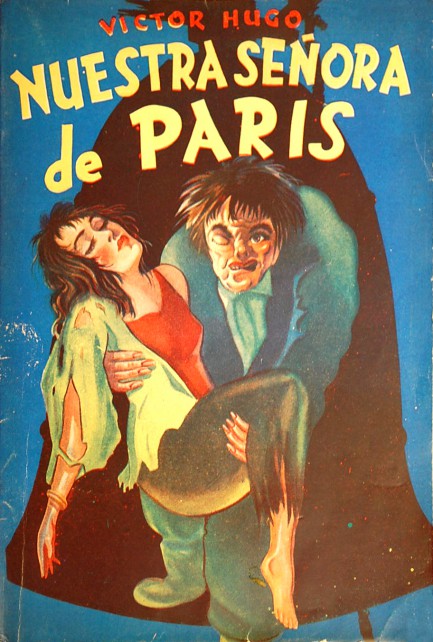
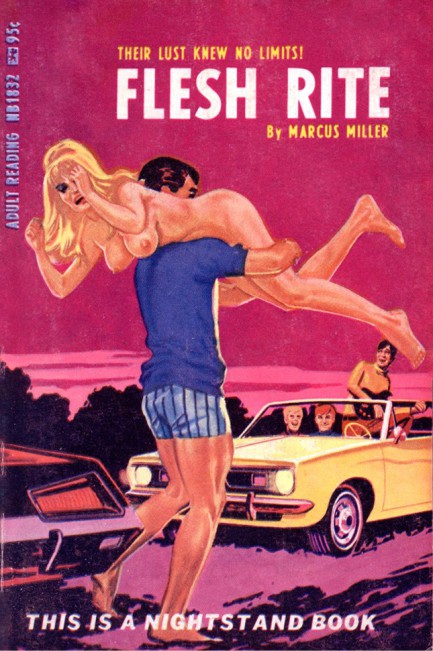
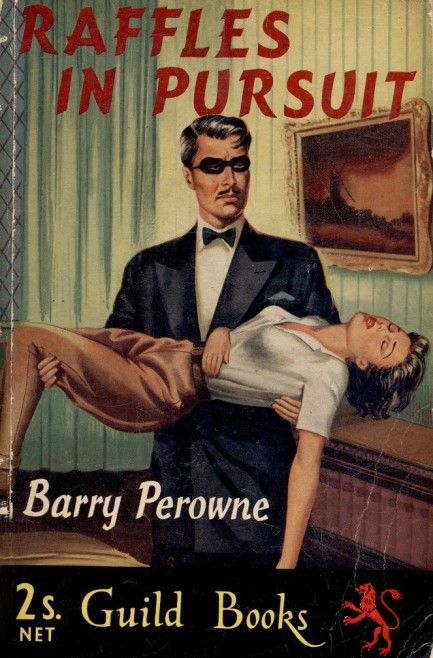
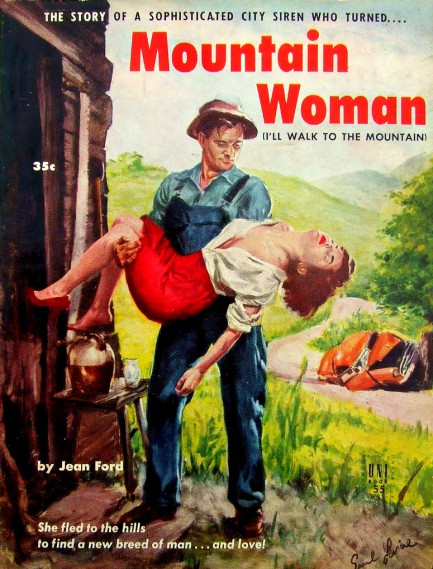
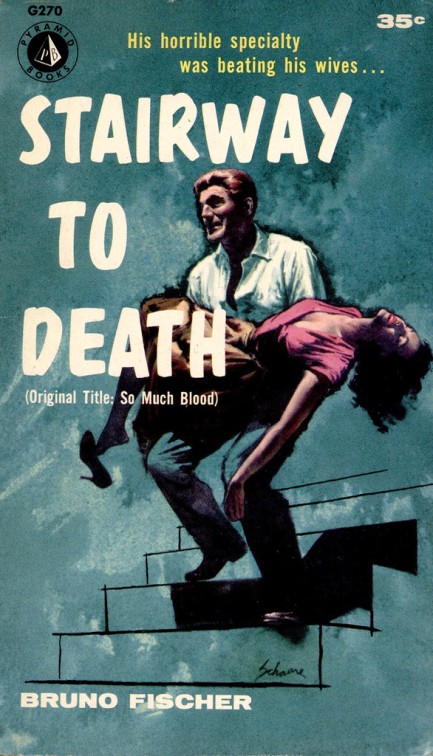
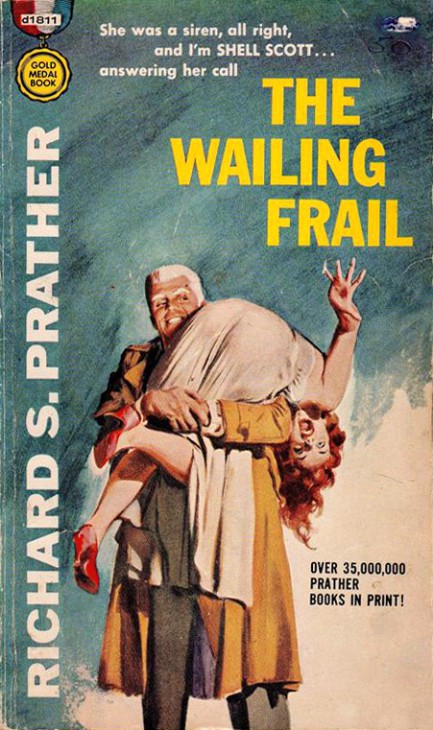
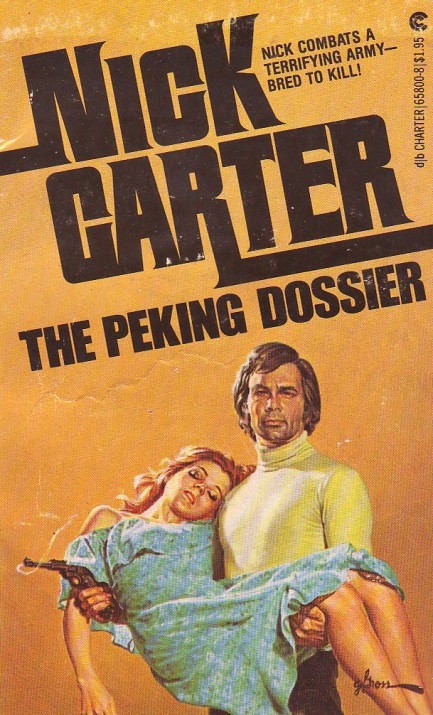
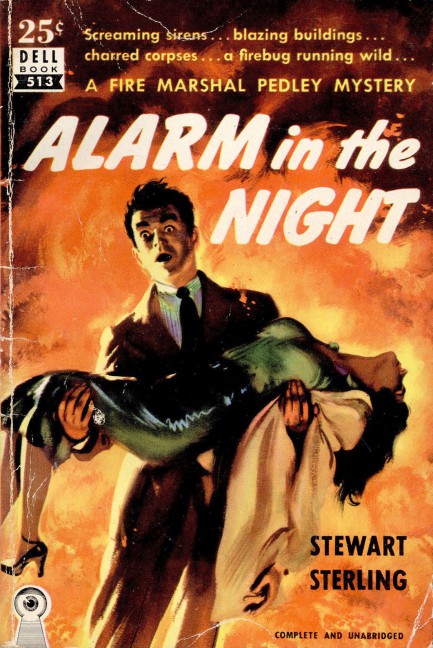
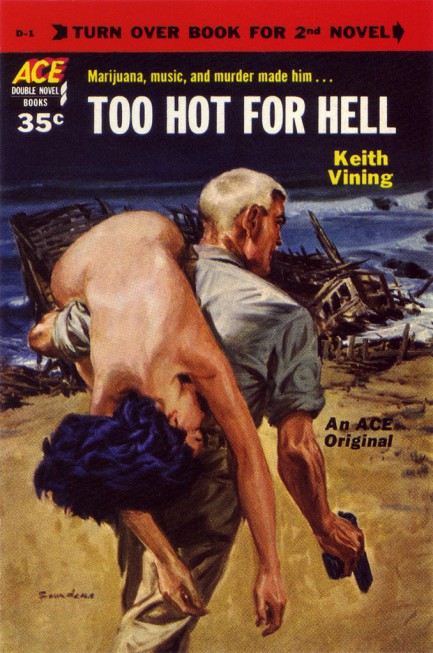
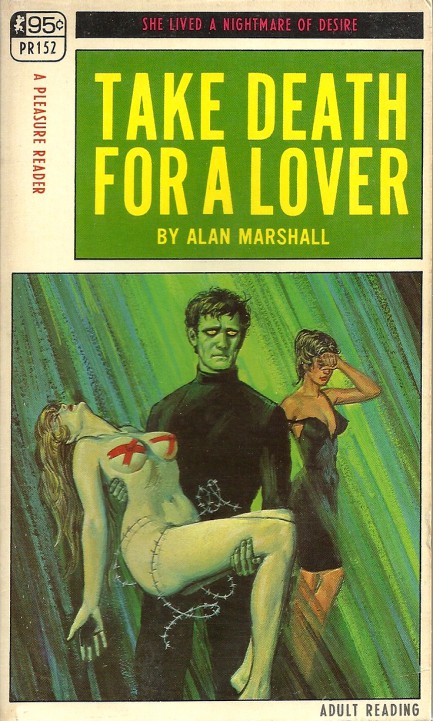
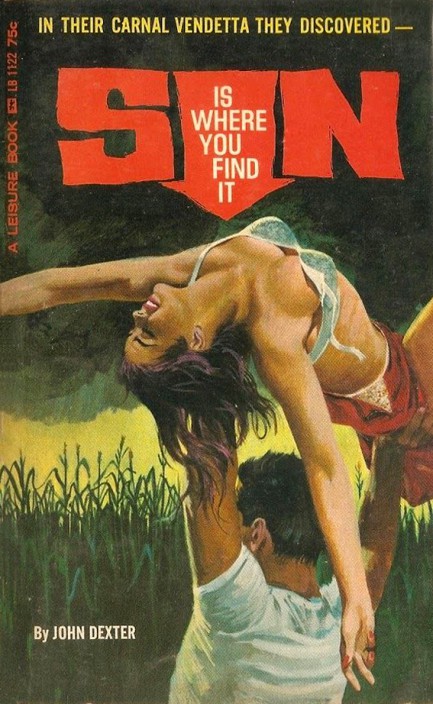
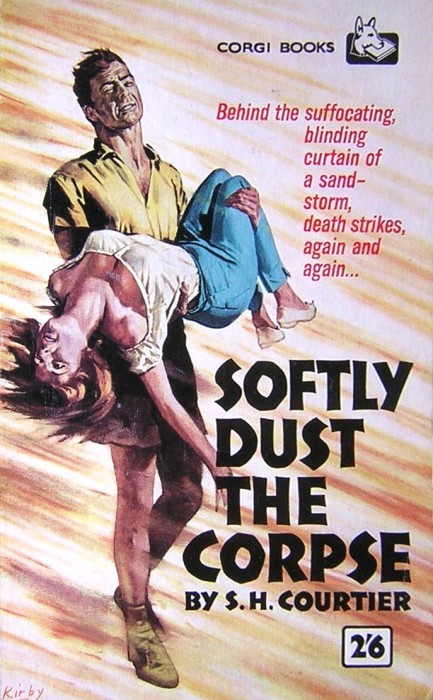
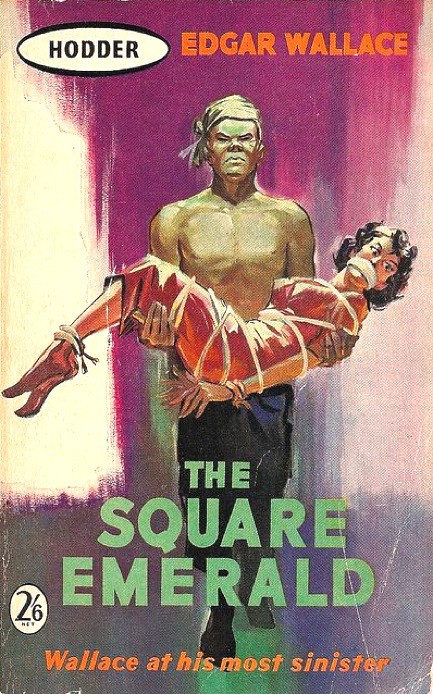
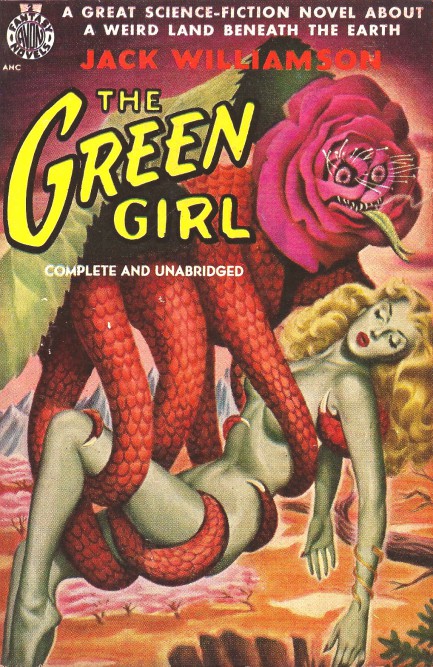
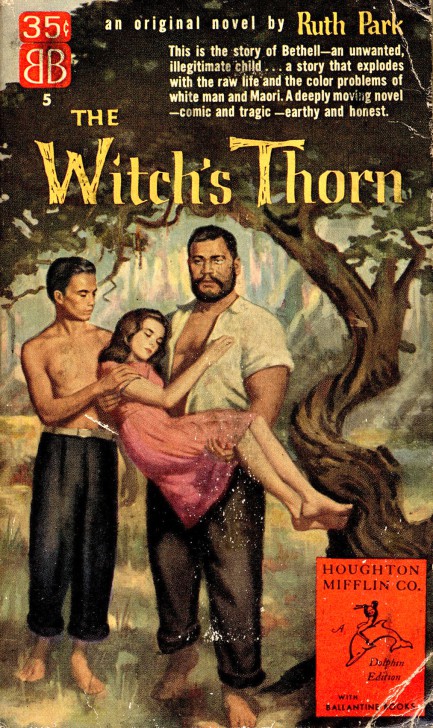
| Vintage Pulp | Jan 7 2014 |

